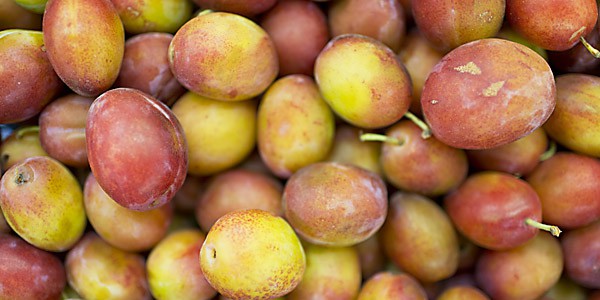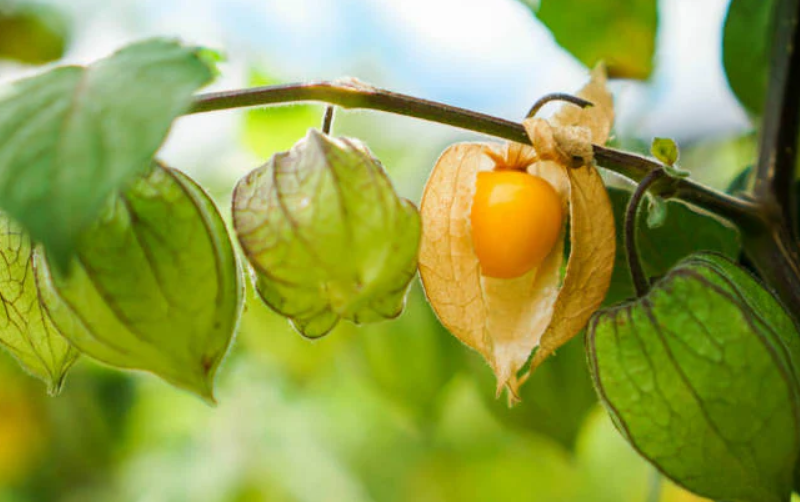Plum assists with fixation challenges, fortifies the heart and resistance and controls processing. We can make the most of its fresh and dried fruits, and especially the delicious peach and compote, as well as brandy – plum.
Juicy and fragrant, deliciously sweet, the plum is eaten naturally, like marmalade or in cakes. However, it should be tasted moderately due to its laxative effects. Plums are low-calorie fruits and have rich nutritional properties: vitamin C, magnesium, iron and calcium, and especially should be taken because of the large amount of potassium. There are many varieties of plums of different colors (black, red, lilac, yellow). The percentage of antioxidants in them varies by variety and place of cultivation. Consume fresh or dry.
Against cholesterol and for strong bones
Research shows that consuming twelve plums daily for eight weeks reduces “bad” cholesterol – LDL in people who have hypercholesterolemia. An ongoing creature study has demonstrated that expending dried plums expands the cell reinforcement limit of the body and decreases some hazard factors for colon malignancy. A few investigations have additionally demonstrated that the utilization of dried plums is an anticipation of lessening bone thickness in creatures. It pursues that the utilization of plums could positively affect bone health in menopausal ladies.
Energy and nutritional value
Fresh plum fruit in 100 g contains: 87 g water, 11 g sugars, 1.4 g dietary fiber and 0.7 protein.
Of the vitamins in the plums the most are beta carotene (Provitamin A), vitamin C, vitamin E, folic corrosive, niacin and vitamin B-6, and are wealthy in minerals: principally potassium, phosphorus, calcium, magnesium, sodium, iron and copper. Plums also contain hot dietary fiber (pectin), which has a beneficial effect on lowering blood cholesterol and constipation.
Plums have a low energy value, only 46 calories per 100 g, about four times less than bread. The pleasing taste of plums comes from the five types of sugar and fruit acids.
Comparison of nutrient content in fresh and dried plums (at 100 g) shows some differences: dried plums contain a greater amount of minerals, vitamins (except vitamin C) and phytochemicals.




